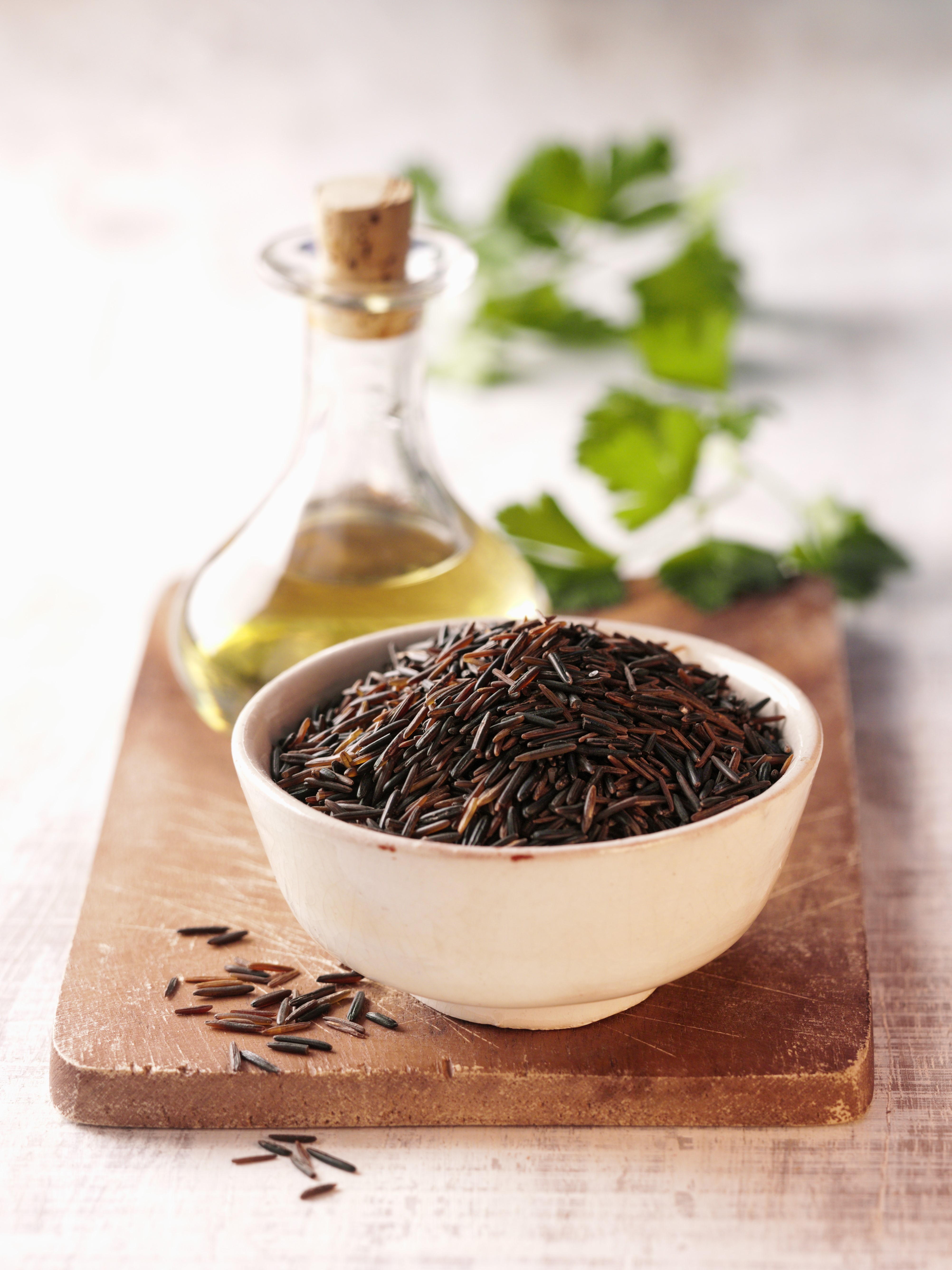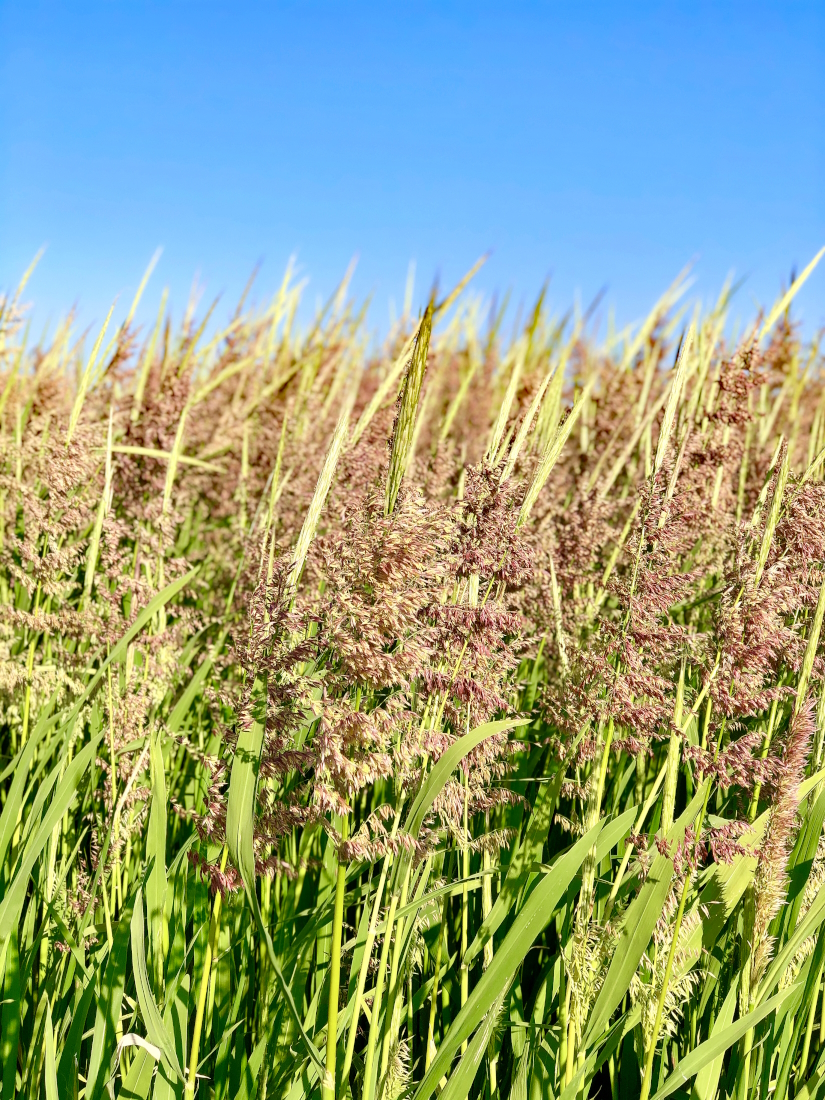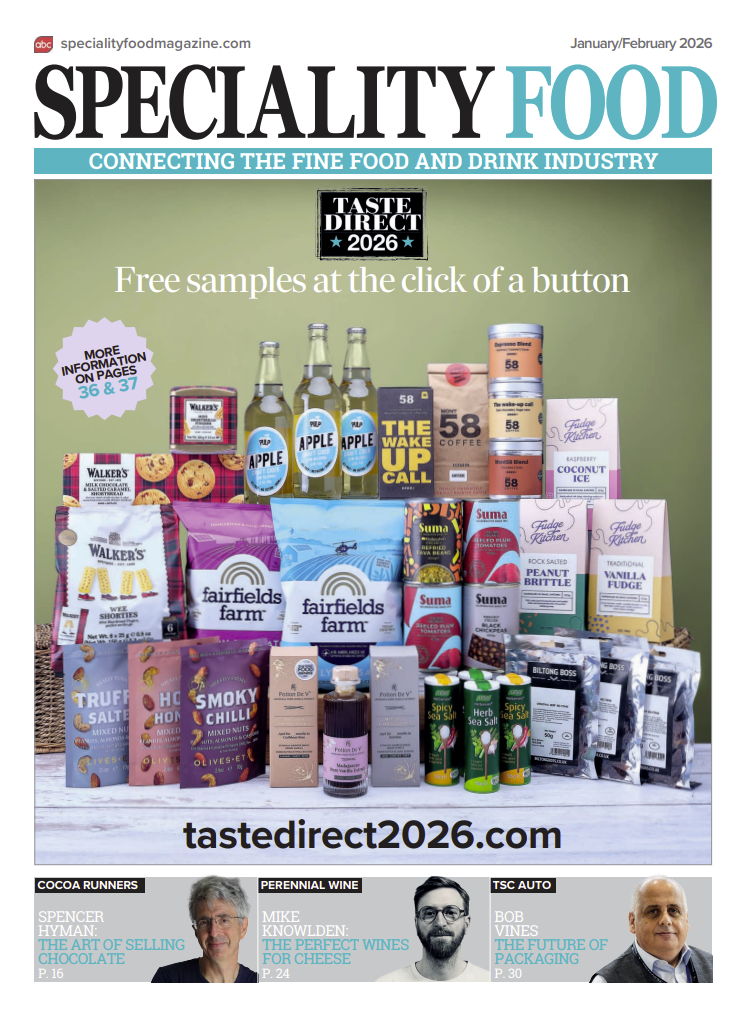- The ‘superfood’ is rapidly gaining attention with consumers for its nutritional value

At least 40,000 varieties of rice are cultivated around the world. It is a staple food for billions – dosed out daily for breakfast, lunch and dinner.
And with today’s consumers thinking about eating more simply, reducing the amount of additives in their diets, and considering ways to foster and nurture the good bacteria in their gut, rice is increasingly becoming part of the wider conversation in food.
US wild rice, in particular, has seen ongoing growth in the market in the UK, as it gains traction amongst food lovers and the health conscious – with huge opportunities for food manufacturers to capitalise on its success, says S&B Herba Foods.

Wholegrain, gluten-free and high in dietary fibre, as well as nutrients such as phosphorus and magnesium, wild rice has a lower glycaemic index than standard white rice, and when cooked has on average 18% fewer calories than brown rice, while delivering approximately 45% more protein.
Sustainably grown, predominantly in Minnesota and California, US wild rice (actually the seeds of water grass) is the only cereal grain native to North America.

The UK continues to be an important destination for US wild rice, with S&B Herba Foods being one of the leading suppliers in Britain, continuing to make inroads in the market here, which is re-awakening to more health-orientated innovation.
“Traditionally, wild rice has been used in mixes with other varieties, but more recently we’ve seen wild rice being sold and used on its own merit,” says Piers Stevens, commercial director of S&B Herba Foods. “It is also an increasingly popular ingredient in the food manufacturing and processing sector, to create an appealing taste experience and, at the same time, increase nutritional value like protein or fibre content.
“Its health features, coupled with its exceptional versatility, make wild rice truly unique. There’s no reason why wild rice can’t be part of an everyday healthy diet in the UK, and we aim to continue to move towards that goal.”



